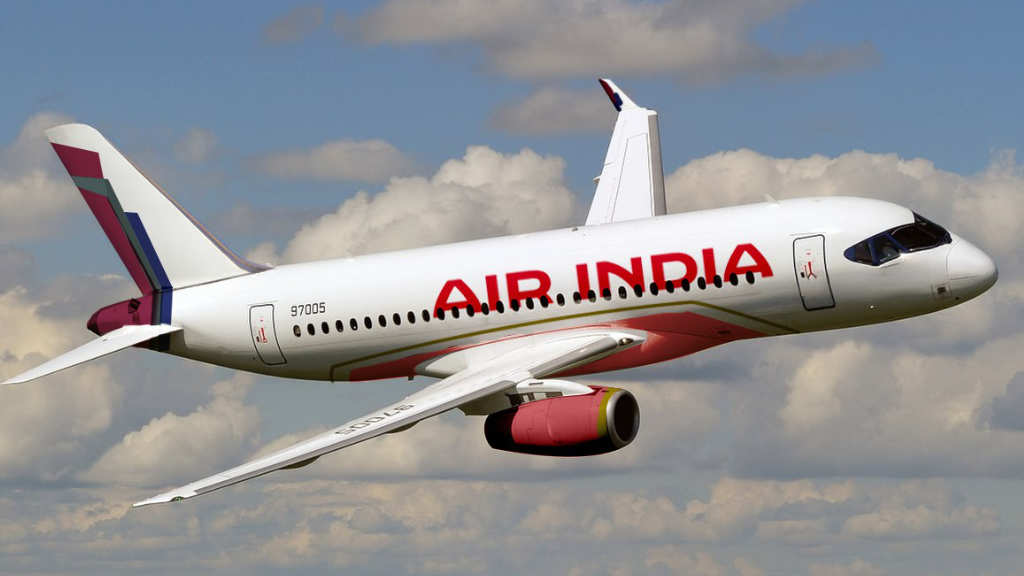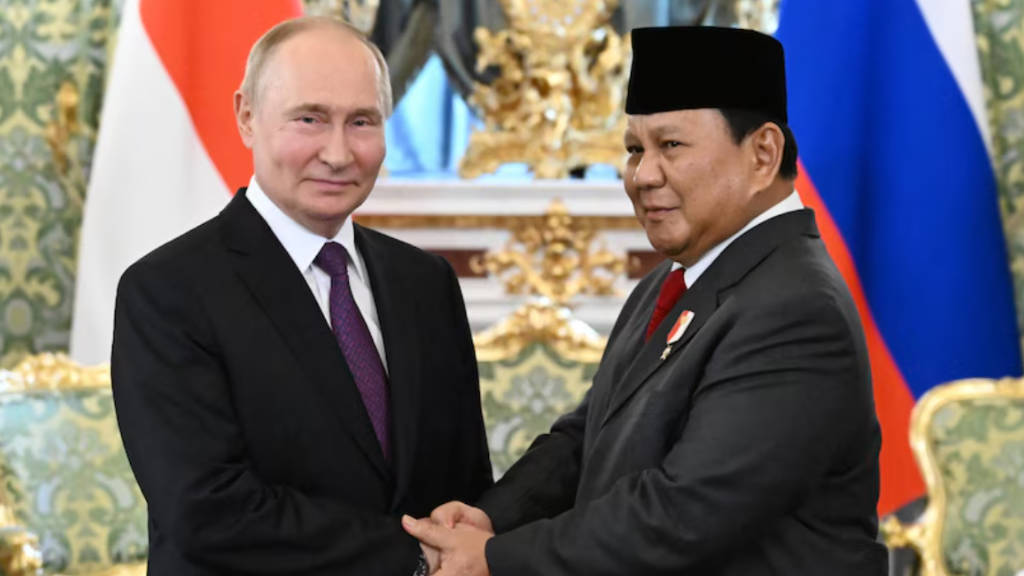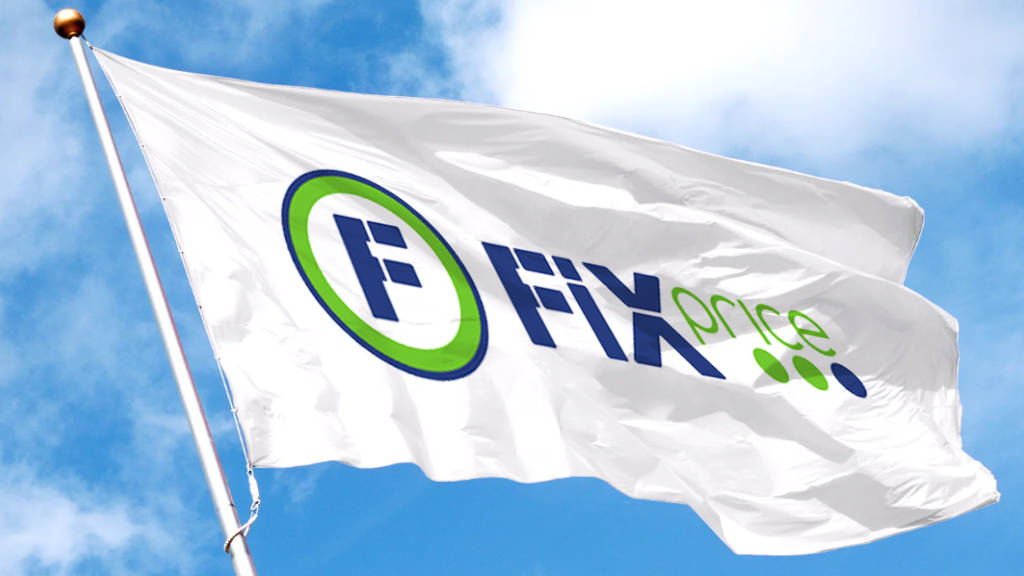India and Russia have committed to a new aircraft production partnership, with India’s state-backed Hindustan Aeronautics Limited (HAL) signing a memorandum of understanding with Russia’s PJSC United Aircraft Corporation (UAC) to produce civil commuter SJ-100 aircraft, the companies have announced. The Superjet SJ-100 is a twin-engine, narrow-body Russian regional passenger aircraft already in commercial service, with more than 200 units operating across 16 airlines worldwide. Under the new arrangement, HAL will have the rights to manufacture the aircraft in India for Indian customers.
The agreement, signed in Moscow on Tuesday (October 28), marks a significant step in India’s ongoing efforts to manufacture a passenger aircraft for the first time. HAL is an India state-run company that also builds Russian fighter jets, helicopters, jet engines, avionics, and various spares under licence.
HAL issued a statement, saying “The model is expected to play a key role in boosting regional air connectivity under the Centre’s UDAN (Ude Desh ka Aam Nagrik) scheme,” a HAL statement said, citing a long-term Indian government regional development initiative to make air travel affordable and accessible for the common citizen.
HAL noted that “mutual trust” between the two companies has enabled the latest Indo-Russian civil aviation partnership. According to HAL, manufacturing the SJ-100 in India will support Indian Prime Minister Narendra Modi’s ‘Make in India’ initiative to boost domestic production capabilities. India needs over 200 commercial airliners within the next decade to cater for regional demand, and an additional 350 aircraft to serve international destinations in the Indian Ocean region.
The memorandum was signed by Prabhat Ranjan from HAL and Oleg Bogomolov of PJSC-UAC in the presence of HAL CMD DK Sunil, and UAC DG Vadim Badekha.
India-Russia bilateral trade reached a record US$66 billion in 2024, which included contributions from sectors such as aviation, railways, and others. Both nations have set a target of US$100 billion by 2030.
Further Reading





